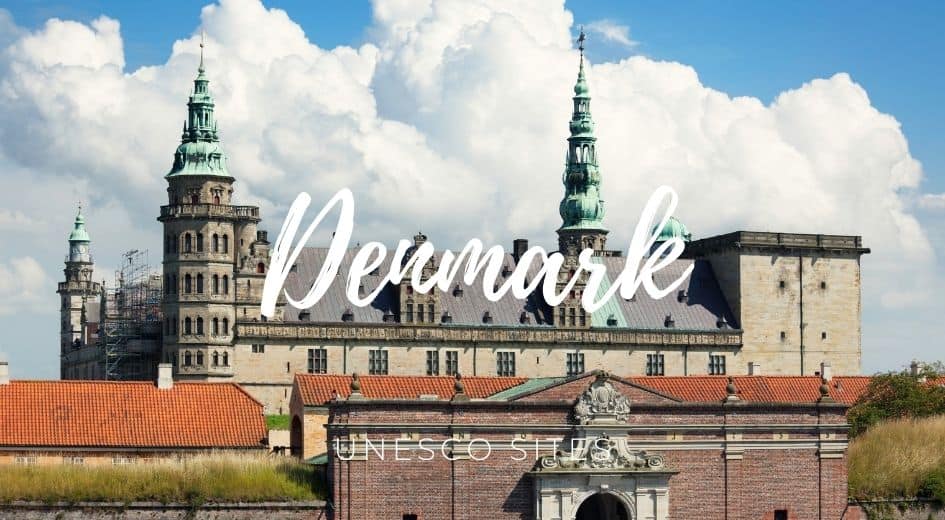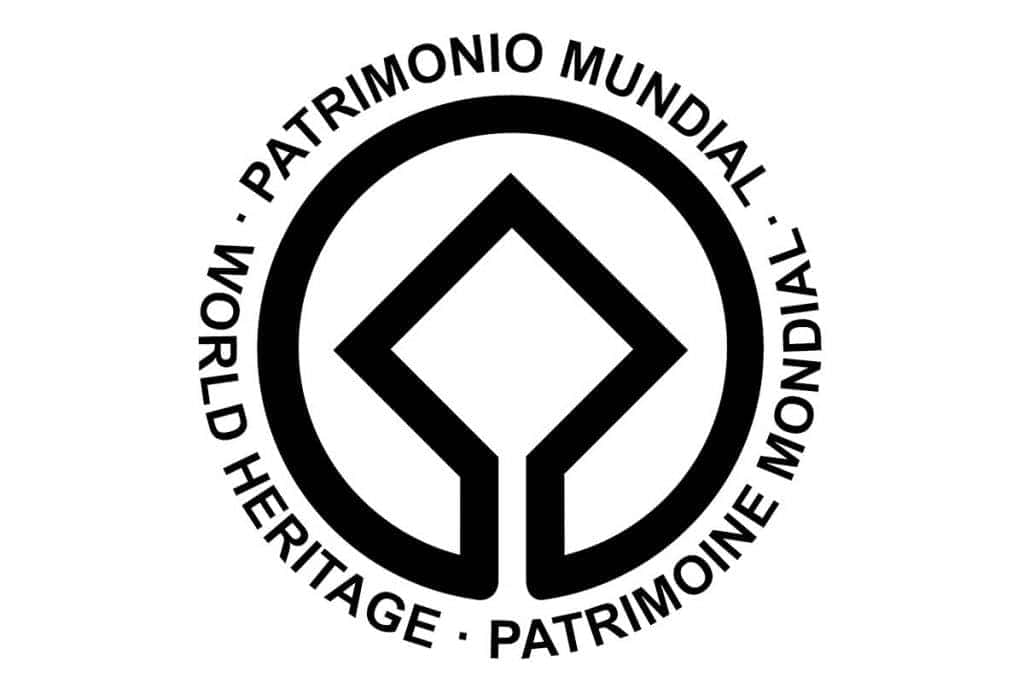Table of Contents


Denmark UNESCO has registered 10 sites on the World Heritage list and 5 on the tentative list.
Some places are so interesting that it’s relevant to keep them for future generations. This is why UNESCO has built a list of crucial classified properties in which superb places stand out for their aesthetic, natural, artistic, or cultural significance.
More than a thousand places are registered as Unesco’s World Heritage worldwide. Due to my interest in visiting World Heritage sites, I compiled the UNESCO list in Denmark and the corresponding map.
Denmark UNESCO list
- Aasivissuit – Nipisat. Inuit Hunting Ground between Ice and Sea
- Christiansfeld, a Moravian Church Settlement
- Jelling Mounds, Runic Stones, and Church
- Kronborg Castle
- Kujataa Greenland: Norse and Inuit Farming at the Edge of the Ice Cap
- Roskilde Cathedral
- The par force hunting landscape in North Zealand
- Ilulissat Icefjord
- Stevns Klint
- Wadden Sea
Denmark UNESCO Map
Click on the blue pins to view more relevant information about each World Heritage site in Denmark.
Description
- Aasivissuit – Nipisat. Inuit Hunting Ground between Ice and Sea: Aasivissuit-Nipisat is a cultural landscape in western Greenland associated with Inuit hunting traditions. It is recognized as a UNESCO World Heritage Site known for its well-preserved archaeological sites and cultural traditions.
- Christiansfeld, a Moravian Church Settlement: Christiansfeld is a town in southern Denmark founded by the Moravian Church in the 18th century. It is known for its well-preserved traditional architecture and urban planning and is recognized as a UNESCO World Heritage Site.
- Jelling Mounds, Runic Stones, and Church: Jelling is a small town in central Denmark known for its Viking-age monuments, including two large burial mounds and several runic stones. It is also home to a historic church.
- Kronborg Castle: Kronborg Castle is a fortress located in the town of Helsingør, Denmark. It is known for its impressive Renaissance architecture and association with Shakespeare’s play, “Hamlet.”
- Kujataa Greenland: Norse and Inuit Farming at the Edge of the Ice Cap: Kujataa Greenland is a cultural landscape in southern Greenland associated with Norse and Inuit farming traditions. It is recognized as a UNESCO World Heritage Site known for its well-preserved archaeological sites and cultural traditions.
- Roskilde Cathedral: Roskilde Cathedral is a historic cathedral in Roskilde, Denmark. It is known for its impressive Gothic architecture and is the burial site of many Danish monarchs.
- The par force hunting landscape in North Zealand: The par force hunting landscape in North Zealand is a cultural landscape located in the northern part of Zealand, Denmark. It is associated with the par force hunting tradition, which involves hunting with dogs and horses and is recognized as a UNESCO World Heritage Site.
- Ilulissat Icefjord: Ilulissat Icefjord is a fjord located on the western coast of Greenland that is known for its impressive ice formations and its association with climate change research. It is recognized as a UNESCO World Heritage Site.
- Stevns Klint: Stevns Klint is a cliff on the eastern coast of Denmark known for its geological significance and well-preserved fossils. It is recognized as a UNESCO World Heritage Site.
- Wadden Sea: The Wadden Sea is a coastal wetland and UNESCO World Heritage Site stretching along the Netherlands, Germany, and Denmark coasts. It is known for its unique ecosystem, home to various plant and animal species, including migratory birds and seals.
UNESCO World Heritage Sites in Denmark have protected places for their cultural and natural importance.
Sites on the Tentative List
- Amalienborg and its district
- Moler landscapes of the Liim Fiord
- Viking Age Ring Fortresses
- The Maritime Heritage of Dragør Old Town and Harbour – A ‘skipper-town’ from the era of the great tall ships in the 18th and 19th centuries
- Møns Klint


